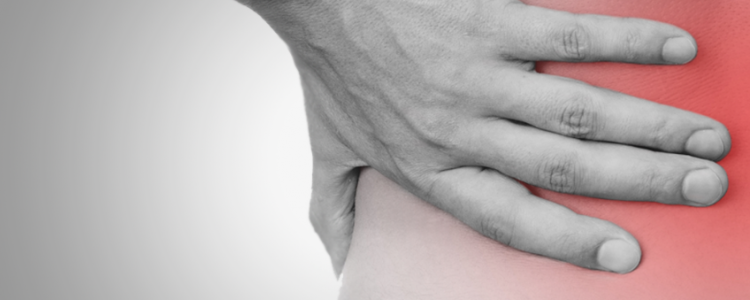Hip Joint Pain from Arthritis
Hip pain can vary depending on the degree and nature of the joint degeneration, the patient’s physical condition (such as weight and fitness level), and the patient’s individual perception of pain.
That being said, the hip pain associated with osteoarthritis is usually characterized by some combination of the following symptoms:
Hip pain that comes and goes
Arthritic hip pain may come and go and, unlike knee arthritis pain, is often predictable, meaning hip arthritis patients can anticipate what time of day and what activities will result in pain.1 Remember though, that this is a trend and not a rule.
Two distinct types of hip pain
In a clinical study designed to learn how people experience osteoarthritis pain, researchers found that hip osteoarthritis patients generally felt two distinct types of pain: a dull ache and intermittent sharp pain.
Ache. A persistent, dull aching is commonly felt in the groin and front of the thigh. Some people may experience a dull ache in the buttock, outside of the hip and/or in the lower back. People with hip arthritis use words like dull, aching, nagging, sore and throbbing to describe this type of pain.
Intermittent Sharp Pain. Intense, stabbing pain episodes due to hip arthritis are sudden and brief. People describe this hip pain using words such as sharp, stabbing, ice pick, spike or paralyzing.2
Prolonged inactivity. People with hip arthritis often complain of pain in the morning when getting out of bed. The pain will often dissipate within 30 minutes of getting out of bed or from a seated position.
Abduction, external and internal rotation. Spreading the legs or rotating the toes inward or outward can cause hip pain. Lying on the back causes a natural outward rotation of the toes and legs, so sleeping on the back can be uncomfortable. Sexual intercourse can be painful, also.
Bending over. Deep bending can be difficult to impossible for patients with hip arthritis. Many complain that bending over to put on socks and shoes is challenging.
Difficulty getting in or out of a car. People suffering from hip joint pain will often complain of a difficulty with driving and need the assistance of their arms to lift the leg and thigh both into and out of the car.
Prolonged physical activity. Participating in weight-bearing physical activity, including sports, can result in stabbing pain or be followed by an aching pain.
Rest. The surrounding muscles, tendons and ligaments that support the hip joint can tire, placing more pressure on the joint. Resting the hip can ease this type of pain.
Gentle/moderate activity. Gentle activity can relieve the pain and stiffness caused by prolonged rest. When the hip joint is used, synovial fluid is secreted, lubricating and delivering nutrients to the joint.
